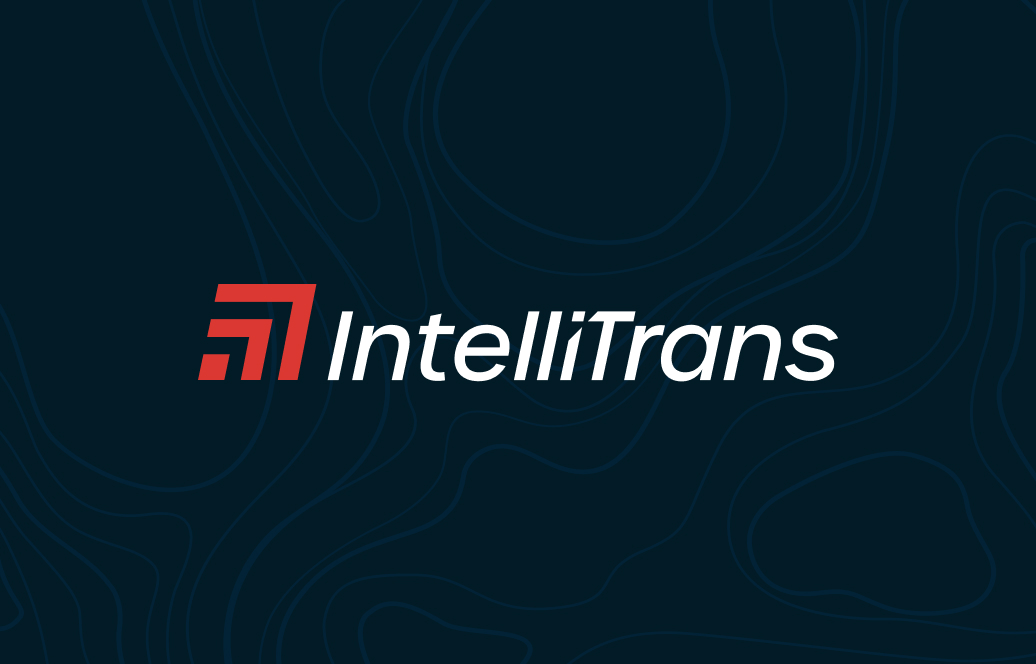

For supply chain operators, choosing among the many different technology options on the market right now can be completely overwhelming. For companies in the bulk and break bulk sectors, culling through the options, selecting the best tools, and then implementing them in a meaningful, productive way can take time, money, and effort that few organizations can spare right now.And still, the market toward digitalization must continue. Ignore this fact and your company may get left behind in a business world where getting things done smarter, better, and faster nearly always requires technology. One supply chain leader for a logistics service provider in the chemicals industry says her company has faced steep challenges in developing a technology strategy.That’s because that strategy not only has to meet the company’s own needs, but it also has to service its customer base well. “We’re loading and switching rail cars, loading trucks, and operating marine docks—plus managing all of the logistics that take place onsite,” she says.“As a result, we struggle with how to bring technology to the table that helps solve our customer's biggest problems.”Like any other organization, this one is operating with a limited budget and must be able to balance its own needs with that of its customers. “We have a limited amount of people and time,” she adds, “and we need to figure out the areas to focus on in terms of technology solutions that can help us get the biggest bang for our buck.”5 Steps to Fast SuccessOne way to ensure that you get the biggest bang for your technology buck is by taking the time to create a digital transformation roadmap. That way, rather than investing in the “next shiny object” that comes along, you’ll always have a roadmap to refer to when acquiring, implementing, and using technology. This not only helps you avoid costly missteps, but if shared with the entire organization, also ensures good alignment across the enterprise.Here are five elements to include in your company’s digital transformation roadmap:
.avif)
IntelliTrans: Your Partner in Digital TransformationIntelliTrans’ Global Control Tower provides high levels of supply chain transparency; aggregates, completes, and enhances data from a variety of sources; offers visibility into and execution of different aspects of the supply chain; and generates data-driven alerts and analytics that ask deeper questions and deliver meaningful insights.By leveraging tracking information, the Global Control Tower provides analytics that measures key performance indicators (KPIs) like fleet cycle time, origin/destination dwell time, lane and hauler performance, back orders, freight spend, load optimization, and more. With their rate, equipment, lease, tracking, and invoice data in a central repository that’s accessible 24/7, companies can position themselves for success in any market conditions.